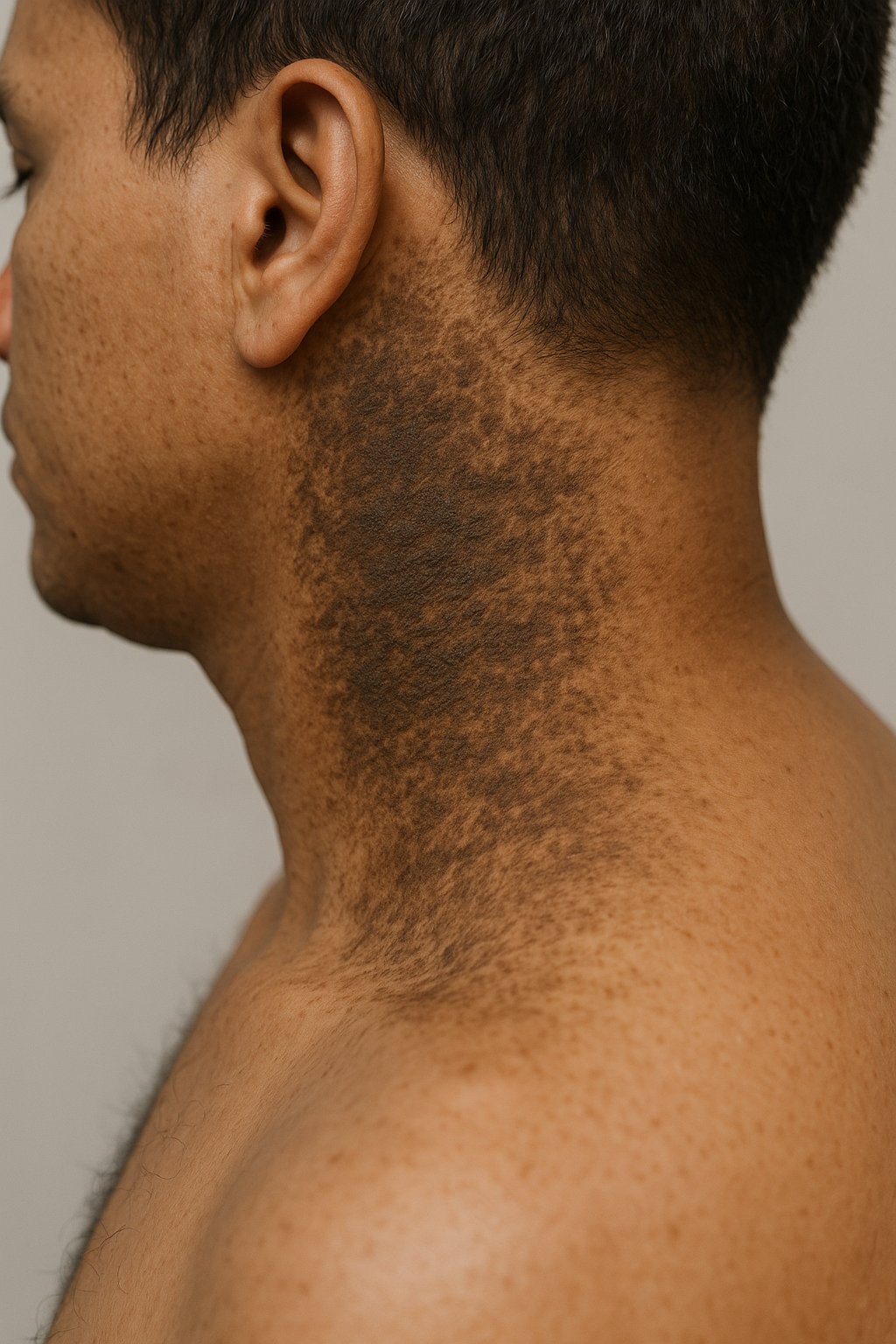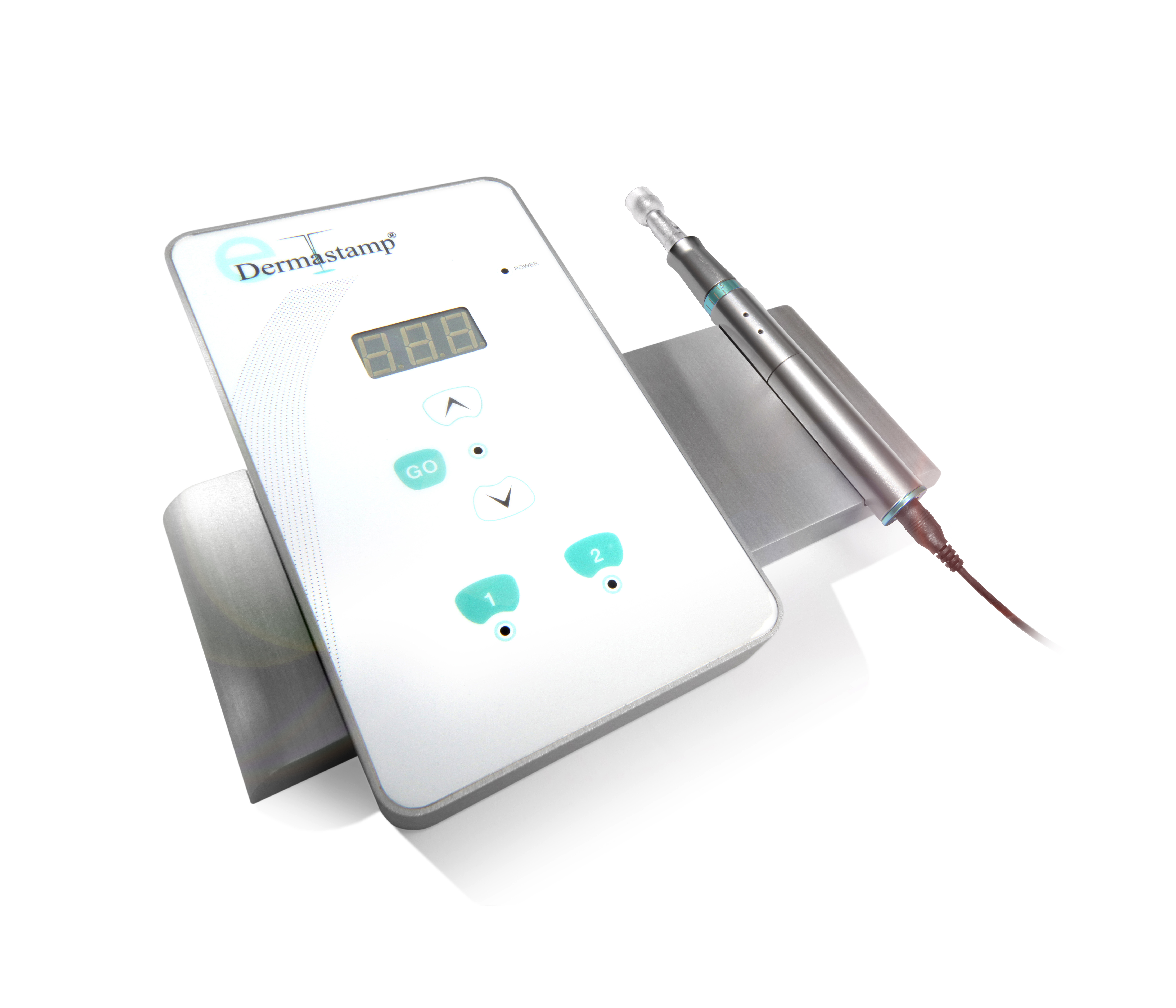Brown spots and freckles that appear on the sun-exposed skin are either ephelides (singular: ephelis) or lentigines. The ephelis tends to disappear in winter times while lentigo is present even in the absence of ultraviolet (UV) radiation. A single individual can have both ephelides and lentigines and the risk factors for both conditions are usually the same.
Ephelides are very common among individuals with fair skin, especially children with red hair. MCR1 gene is believed to be responsible for the formation of ephelides. Not to mention, individuals with darker skin types can inherit these characteristics due to the presence of the MCR1 gene.
Ephelis is brown due to pigment called melanin. Melanocytes produce melanin which gets diffused into keratinocytes. Melanin production declines during the winter season and increases once the skin gets exposed to the UV radiation that comes from sunlight.
Ephelides usually appear on an individual’s midface. As an individual grows older, the ephelides-type of freckles become less noticeable. They are abundant during the summertime and disappear during winter. Each ephelis is approximately 3mm or less in diameter. Besides sun protection products, no other treatment is needed for ephelides.
Lentigines appear as brown and flat lesions with a well-defined edge. Solar lentigines, the most common type, appear with age increase due to prolonged sun damage. These lesions are usually found on the face and hands. They tend to be larger and more defined in comparison with ephelides. Other types of lentigo are lentigo simplex and spot lentigo.
Similarly to ephelides, lentigines are also common among individuals with fair skin. However, they also arise in individuals who have frequent exposure to the sun and tend to tan quickly as well as those who naturally have darker skin. Lentigines usually affect individuals who are 40 years and older.
Solar lentigines are caused by UV radiation that comes from sun exposure, tanning baths, or medical treatment (e.g. phototherapy).
Solar lentigines usually last for a prolonged period of time. They do not disappear during winter but can fade and become a bit lighter. Their size in diameter can vary from a few millimetres to several centimetres. The colour appears yellow or grey; it is uniform across the entire lesion. The border of the lesion has a sharp definition. The irregular border may give the lesion the a scalloped shape. The surface may either be dry or scaly.
Seborrheic keratoses can arise from solar lentigo.
The majority of ephelides and lentigines can be diagnosed clinically. If a dermatologist sees the brown mark as a potential cancer spot, the lesion can either be further examined with digital dermoscopic surveillance or be excised for pathological analysis.
Not all brown marks on one’s skin can be prevented. Usage of sun protection will greatly reduce the number of new solar lentigines. Besides implanting sunscreen into a daily skincare routine, it will be more effective to wear sun-protective clothing and stay out of the sun. Sunscreens should have a high sun-protection factor which is SPF 50+ as well as a decent broad-spectrum cover. The sunscreen should be applied frequently and liberally throughout the entire body.
Brown marks can slowly fade if sun protection will be used on daily basis (e.g. broad-spectrum sunscreen). Fading or anti-ageing creams can help to fade these brown spots. These products should contain the following hydroquinone or antioxidants, such as Vitamin C, retinoids, azelaic acid, alpha-hydroxy acids, kojic acid, etc.
Brown marks can also be removed by using special cosmetic procedures like chemical peels, cryotherapy, or lasers that target the melanin inside the skin. Multiple sessions are required in order to see improvements.
One Comment
Comments are closed.
Related Posts




Greetings! Very useful advice in this particular post!Many thanks for sharing!